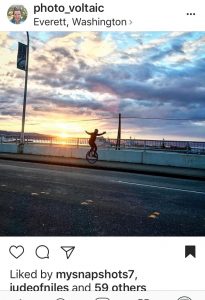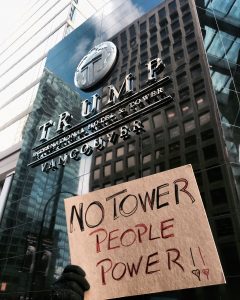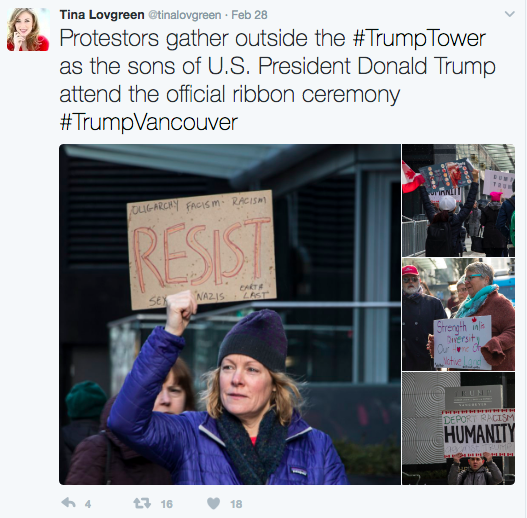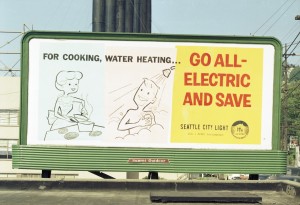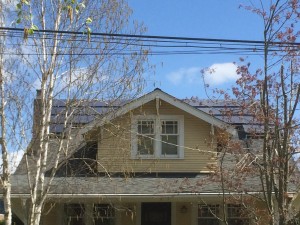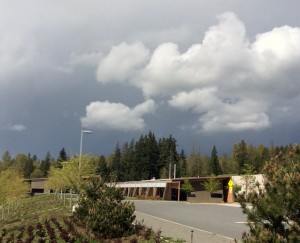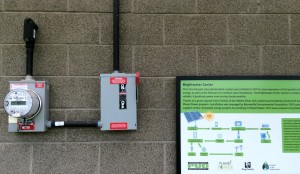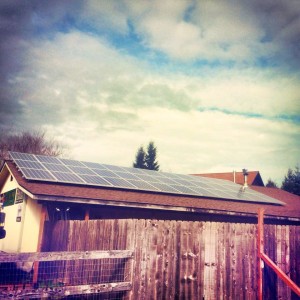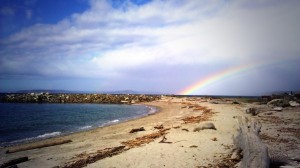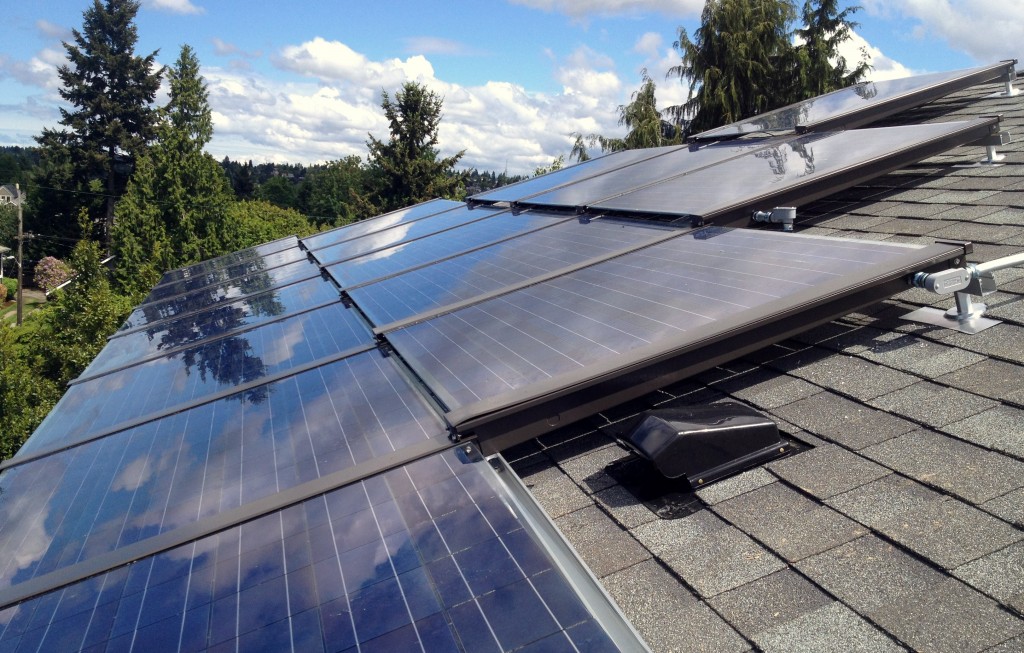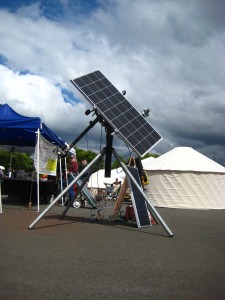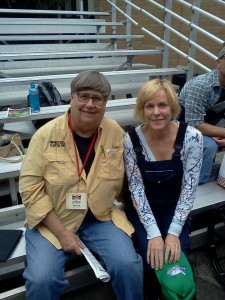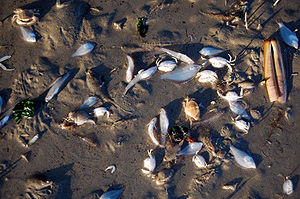Shell’s Game of Chance with Alaskan Waters: The Stranded Kulluk Drilling Rig
A Shell rig ran aground near Kodiak Island this month. That is yet another wobbly piece in a Shell game that has a long history and a large game board.
Shell is the world’s 7th biggest oil producer. Chevron and Shell are major extractors in the Niger Delta. And if anyone has seen Sweet Crude, you’ll know how that’s working out. The producers of that film themselves were kidnapped in a region made unstable by environmental exploitation by imperialist extractors.
Here’s a quote from a Royal Dutch Shell “watchdog” website, “On November 10, 1995 internationally recognized peace activist Ken Saro Wiwa along with 8 of his colleagues from Ogoniland – a small ethnic community in the Niger Delta – were hanged by a military tribunal after they were convicted on trumped up charges. Wiwa was fighting for the Ogoni peoples’ rights regarding the environmental and economic destruction of their land due to Shell’s oil extraction in the region.”
Environmental justice is threatened when there is oil underfoot. Poorer societies and the ecosystems that support them can all be decimated. These cultures suffer leaking pipelines, petrochemical combustion and pollution, tainted fish and water, not to mention the violence of operatives that support and ensure the destruction.
Workers risk bodily harm. The work of extracting and processing the product is dangerous, toxic, and combustible. In our developed nations we assume the crooked arm of oil lobbying and money is a necessary evil. For example this wobbly towing operation of a damaged oil rig. This happened too easily.
Watch the Kulluk oil rig get a tug boat escort out of Puget Sound. In fact, in Washington State, we know this: they had a failed test of their spill response equipment. Here is a comment on that test: the equipment “crushed like a beer can”.
The turbulent Alaskan waters, the fragility of remaining fisheries, the risk of human error and oversight causing undue harm. Could the water lapping ashore on Kodiak soon be like the tar clumped, oily water of Nigeria’s coastal towns?
Stranded off Kodiak Island is a rough place to be stuck.
Here is a quick day tour of the place that would go quiet if that thing ran aground and ruptured 143,000+ gallons of oil and fluids. As a former travel agent I take a stab at a typical tourist itinerary written for friends headed there for a vacation. It paints a picture that would be nice to keep.
Kodiak, Kodiak Island, Alaska –
Start your day with a cup at the Harborside Coffee House. They have those “Friends don’t let friends eat farmed fish” bumper stickers for sale. Go out towards Mill Bay and the bookstore by the same name. Across the street is a beach with a lookout over the bay. Double back and stop at Coastal Creations for Consignment shop thrills and then the Smokehouse for fishy treats.
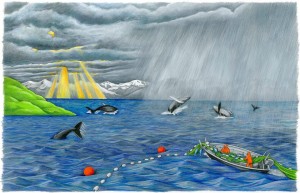
Kodiak Island Brewing’s “Liquid Sunshine” logo by Kay Underwood
Grab a growler at Kodiak Brewing!
The B&B is AK’s oldest bar. Worth a trip and bring quarters for the jukebox!
Go for a jaunt at Crescent Beach, or sit and watch Bald Eagles dive bomb dumpsters by the hardware store.
One busted tow rope on the Kulluck could stop the heartbeat of Kodiak Island. There now are over 700 people working to mitigate this accident/possible disaster.
Fortunately for Kodiak, Shell has got their best team on the job. Global villages are not treated with commensurate respect.
The media has been a powerfully helpful force for good and for awareness. The images and the news articles viscerally impact our hope that at least one corner of the USA will be be spared a petro-catastrophe.

